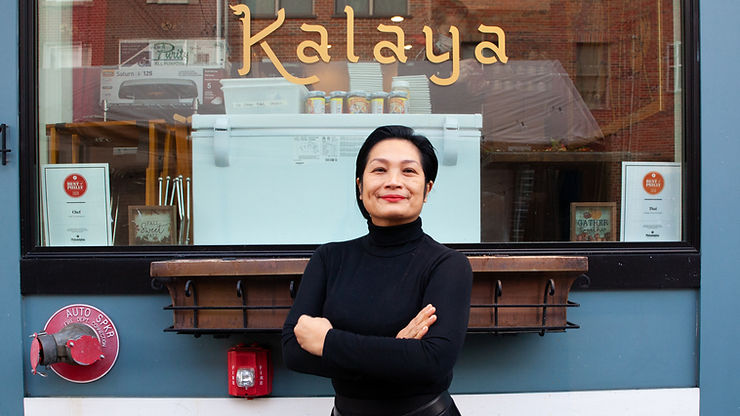By: Yvonne Liu
“I grew up helping my mom making curry paste to sell in her little shop in the market,” Suntaranon says. “So I knew all that recipe by heart.”
Chef “Nok” Chutatip Suntaranon traces her menu items back to her childhood, to the city of Trang in southern Thailand.
She didn’t know how people would react to the flavors and heat of south Thai cooking when she opened her restaurant, Kalaya, 4 years ago in Philadelphia, PA. But they loved it and the restaurant flourished, growing from a seating capacity of 30 to 300.
Suntaranon was nominated three times for awards from the James Beard Foundation.
“I know my food is good,” Suntaranon says. “Once we present it with authenticity — just like being true to yourself and the flavors, I think people would feel the honesty about it.”
Immigrants have been the backbone of restaurant kitchens for ages, and now they’re winning recognition at the highest level of the industry. More than half of the 75 finalists vying for the chef or baker award are immigrants or children of immigrants from all over the globe.
This points to a broader shift in what chefs want to cook, and what customers want to eat.
The newest item on the menu at her restaurant are dumplings shaped like little birds. The filling of the dumplings are made with cod fish paste, palm sugar, garlic, shallot, radish and cilantro. With the help of red pepper silvers, the beaks of the little birds are formed.
“I make what we eat at home,” Suntaranon explains to her mother. “And she sometimes asked me, ‘did farang like it?,’ ” using the Thai word that translates roughly as foreigner. ” ‘Can farang eat spicy food?’ And I said, ‘you will be surprised!”











